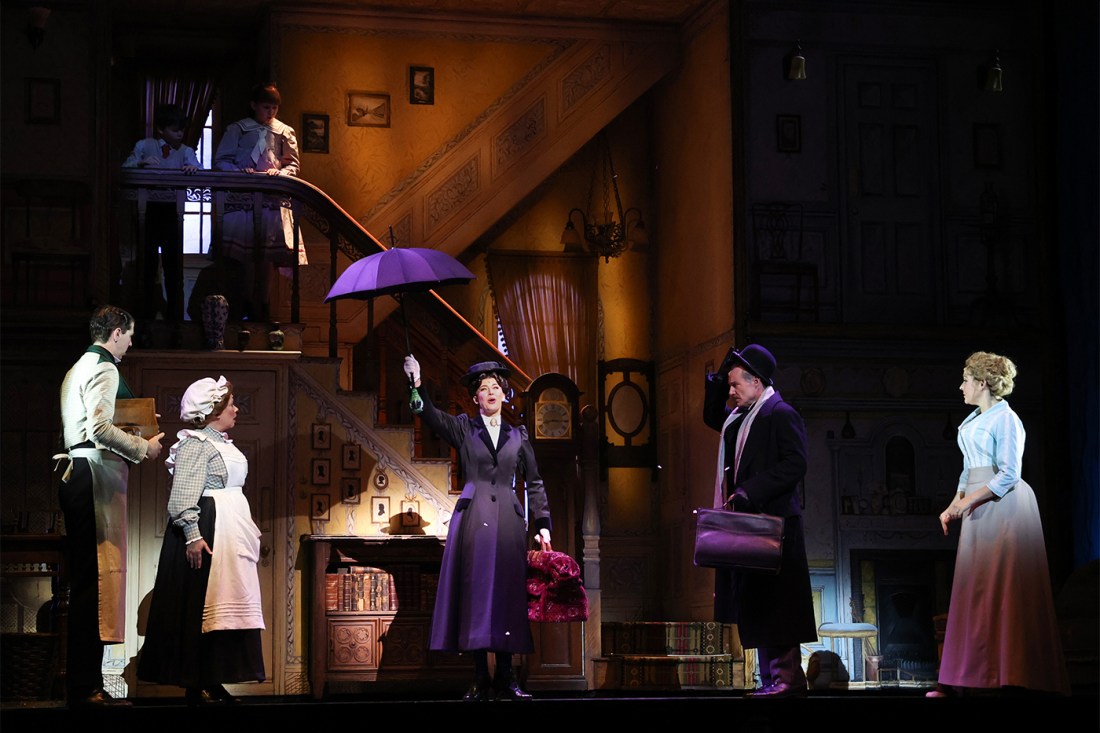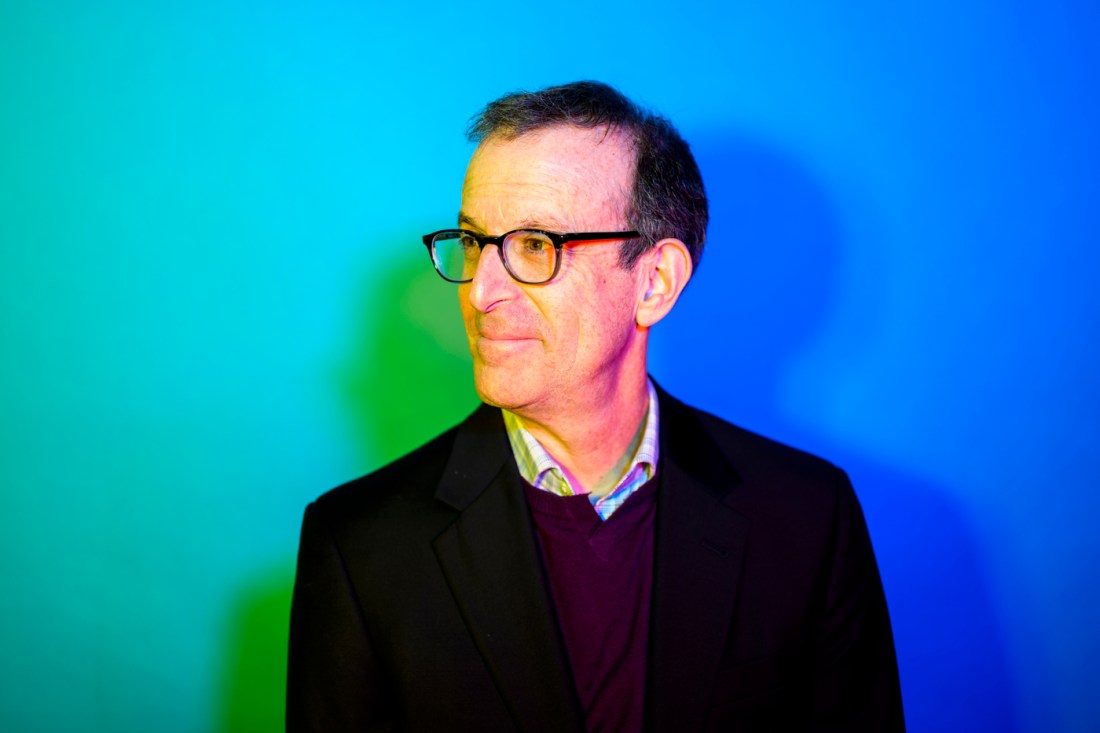Expert Advice: How to stop worrying and learn to love musicals
Can’t understand the ‘Wicked’ juggernaut, or why characters in a perfectly good play are suddenly breaking into song? Allen Feinstein can help.

Plenty of people love musicals — check the box office projections for “Wicked: For Good,” or the going rate for a Broadway ticket. But there’s no accounting for taste, and you don’t have to look far to find people who feel just as strong an aversion to the great American art form as others feel devoted adoration.
“I might just be broken when it comes to connecting with them,” says my NGN colleague Cody Mello-Klein. “There are undeniably great musicals, but the moment a character goes from speaking to singing is the moment I pull away. It immediately takes me out of the story.”
Cerebrally, at least, Allen Feinstein, composer and music professor at Northeastern University, can understand this.
“It’s very artificial,” concedes Feistein, who has written musicals and taught survey classes on musical theater. “It requires a suspension of disbelief on multiple levels. You never — well, rarely — encounter people in the real world who just start singing, then other people joining them, then dancing. Especially if you’re used to the more aesthetically truthful representations [typical of] other art forms, like television.”
He adds that musicals ask a lot from their audiences. In addition to that suspension of reality, songs and dance numbers can slow down plot momentum. But for him — and countless others — the best musicals reward that patience.
These are his tips for getting lost in a show — and, for interested newcomers, recommendations for both foundational examples of the genre and how to find musicals that fit your personal tastes.
Musicals are for sharing
For Feinstein, the real power of musicals is the communal nature of the experience, and sharing a range of big moments — emotional, hilarious, or otherwise — with both the performers and fellow audience members.
“It has a social element,” he says. “A well-crafted show is a mix of intense and urgent experiences shared by characters you care a lot about. If it’s well designed, there’s a certain empathetic nature to the material and the people who are expressing needs or wants with an urgency heightened by song and dance. There’s real immediacy and humanity in that communication.”

Musicals, he adds, are governed by the concept that “there comes this point in a musical where the dialogue is not sufficient to express the intensity of the moment. So that becomes a song. When that’s not intense enough, then you go to dance.”
For him, when the jigsaw puzzle of music, acting, dance, plot and design clicks together, the artifice melts away. “My favorite thing in seeing a musical — and it’s pretty rare — is getting lost in the moment because the craft is so good,” Feinstein says. “When it’s right, it’s one of the most intense artistic experiences, and it can be just exhilarating.”
Get a taste of the best
Feinstein teaches musical theater survey classes at Northeastern, and he has a few foundational picks and surprise favorites he loves to share with students. They are:
“The Music Man” (1957)
“A great example of the tradition of American musical comedy, with craft and ingenuity. The opening number [‘Rock Island’] is essentially a rap number. It’s incredibly funny and has characters you care about.”
“Sweeny Todd” (1979)
“A very big show, and the score and the lyrics are written meticulously. The result is a great payoff for the audience, which you can be aware of subconsciously or break down and analyze.”
“Guys and Dolls” (1950)
“Some of the best character songwriting in the genre. It creates empathy yet maintains a level of farce that is very characteristic of the approach at that time. We want to engage with these characters, but we’re having a good time.”
“Hamilton” (2015)
“Completely engaging in its storytelling, but also innovative in its approach. And I think that’s a hallmark of some of the best musical theater — something that we haven’t really seen before.”
Editor’s Picks
“The Drowsy Chaperone” (2006)
“It’s a meta musical about an old musical. We have this person telling you about this old musical, but then you get wrapped up a little bit in his life. So all the nonreality and playfulness of the craft is represented there, with an extra dimension you can connect with.”
“SpongeBob SquarePants: The Broadway Musical” (2015)
“One of the best Broadway experiences I’ve seen. I have a taste for lighter and sillier things, but it was not a frivolous show. These ridiculous characters were in a serious situation in their world, and you really felt for them.”
Choose your own adventure
Musical theater is over a century old, and it has evolved in ways that mirror the evolution of popular American music. As a result, there are shows to fit a wide range of tastes, from operetta to rock-driven, intimate shows like “Hedwig and the Angry Inch” and surrealist fare like “Bat Boy.”
“What do you need to make a musical?” Feinstein asks. “You need a play, you need characters, you need some songs. After that you can do whatever you want. It can be intimate and intensely serious, or it can be a huge dance comedy.”
Admire the effort
To Feinstein, there are so many moving parts to a musical that nailing them all is a near-magical occurrence. In itself, seeing that effort up close — and where it does and doesn’t work — can be worth the price of admission.
“I know how hard it is,” he says. “You have to have a team of very skilled people; not just performers, but lyric writers and composers and arrangers and orchestrators and designers and directors and choreographers. It’s a number of crafts that take years to get to a certain level, and then you have to work really hard collaboratively, and then you still don’t always get it right.”





